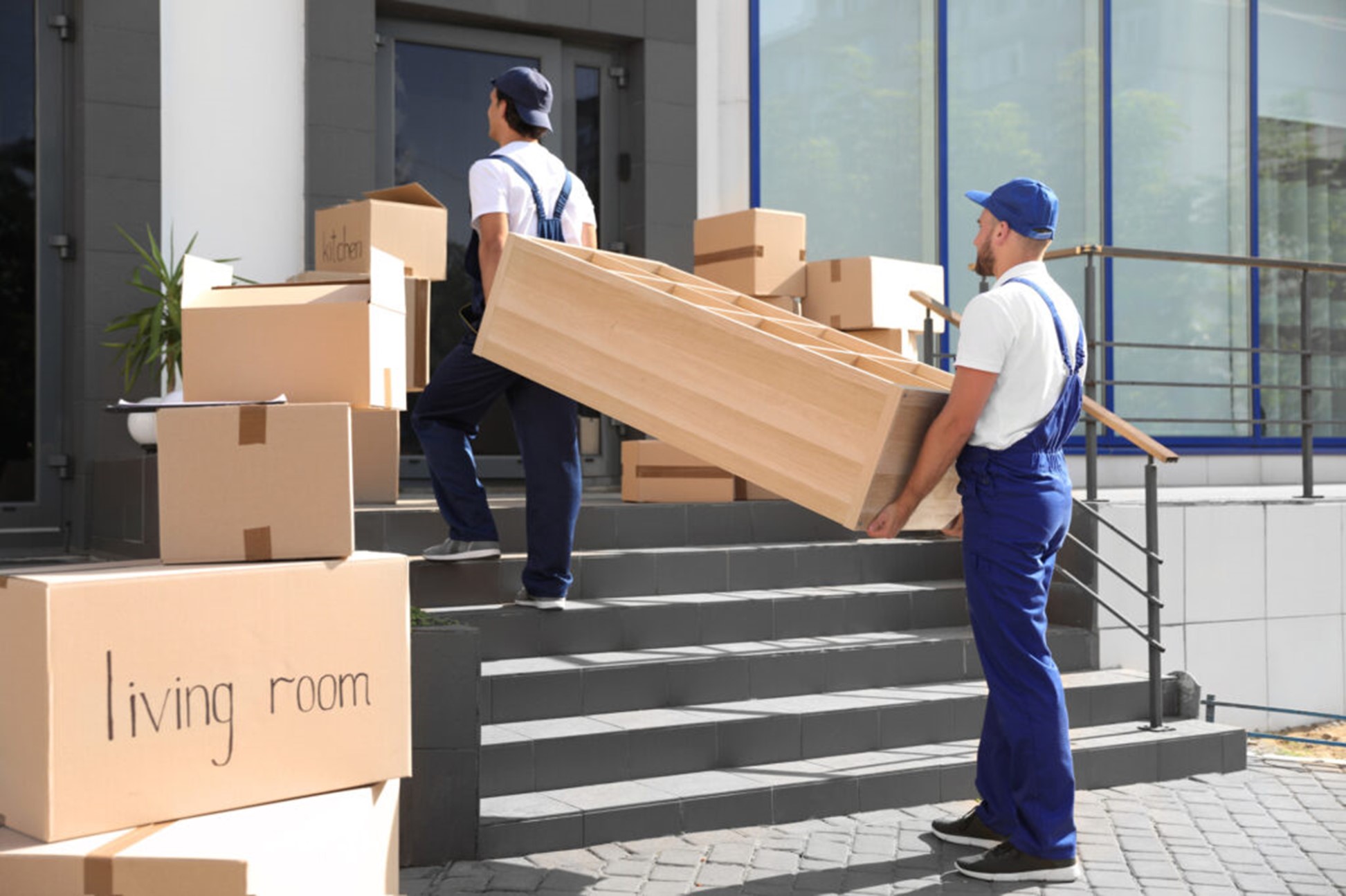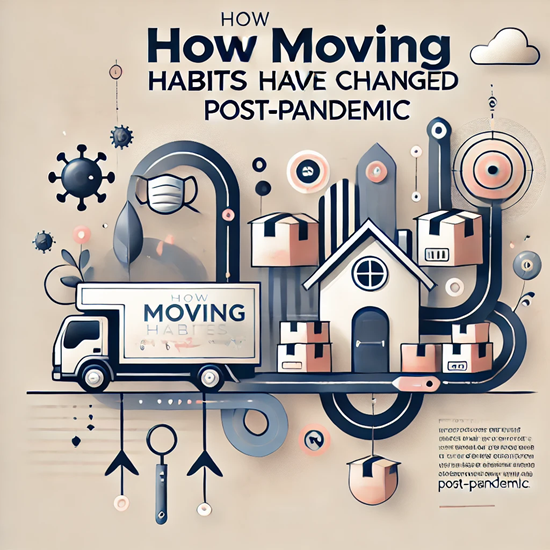Published on 07/01/2024
Published on 07/01/2024
It’s time to pack! Have you finished? If not, don’t worry; we’re here to assist you. When relocating to a new house, it’s essential to avoid packing errors so that your possessions arrive in one piece. Unfortunately, many people make simple mistakes while packing for a move. These packing mistakes to avoid can result in damaged or even missing things. In this blog, we’ll go through some of the most common mistakes when packing for a move. We’ll also advise on how to prevent these moving mistakes and make your move as seamless as possible.
Not Labeling Boxes

One of the most typical packing mistakes is failing to label boxes. It may appear to be a little detail, but it may impact significantly on moving days. When labelling your boxes, make sure to indicate the contents of the box and the room it should be placed in. It will save you and your movers considerable time and effort.
Overpacking is another typical moving mistake. Overloaded boxes are more difficult to carry and are more likely to break during the move, which can be a concern for two reasons. To minimize overpacking, use smaller boxes for heavier things like books, and limit each box to 50 pounds.
A third common packing mistake is failing to include necessary stuff. These items include essential papers, toiletries, and cleaning supplies. Make a packing list ahead of time and check off each item as you pack it to ensure you don’t forget anything.
Picking and employing the wrong-sized boxes is another typical mistake of first-time movers. Although you may wish to recycle and reuse old boxes in the basement, doing so at random is not smart since items would be damaged if piled and transported.
While we don’t suggest overpacking your boxes, there should also be no free space within. Empty gaps cause your stuff to slide back and forth during shipment, potentially damaging fragile objects. If you can’t fill in the gaps with other objects, use packing peanuts instead. Packing peanuts provide cushioning to keep your things from shifting and moving while in transit.
Regular tape will not keep your boxes together well. Instead, use 2-inch wide high-quality packaging tape. Begin by putting 2-3 layers of tape to the bottom, then repeat on the sides for further support. Most professional movers utilize the “H-tape” approach, which involves taping the flaps’ middles and their sides. If you choose this strategy, your moving boxes will remain closed and secure during the journey.
One of the reasons people overpack or utilize incorrectly sized boxes is the failure to prepare enough resources for the move before the packing process begins. Most of the time, this packing error comes as a consequence of moving without a plan, completing moving-related duties when you have spare time, and leaving it until the last minute. So, plan the move and packing procedure, and determine what items will be required. Of course, prepare them before you begin packing. When you need something, it is better to have one or two extra things than nothing at all!

When packaging easily damaged items, use bubble wrap and other protective wrappings. Don’t worry if you haven’t purchased enough materials. Towels and blankets are always available to wrap and cushion fragile goods. They also allow you to optimize your packing efficiency and fit your stuff more effectively.
When people run out of moving boxes, they use plastic bags. It is a huge mistake because plastic bags provide little protection for your belongings. If you run out of boxes, go to your local store and ask for old liquor or food boxes. Stores frequently provide these for free, so take advantage of this and avoid using plastic bags at all costs.
Be more prepared and organized. It is quite beneficial and makes the entire procedure less stressful. Sorting your belongings by category, place, and utility is an excellent method to stay organized when relocating. Put delicate goods in a safe place to avoid damage when moving furniture and other large items. Sorting and packing items differently (by kind and season) is another great strategy to keep your wardrobe organized when relocating. Furthermore, having a list of things to do and stuff to pack may seem a waste of time, but it is an excellent approach to relieve stress.
Before you begin packing, get rid of any unnecessary belongings, such as outdated clothing, damaged/broken furniture, and other objects. Even better, you may donate them to a charity where they will be put to better use. You don’t want to bring clutter into your new house, so tidy first to make moving much simpler.
You still have one significant task to complete after carefully packing everything. Putting them in your car or truck. One of the most common causes of damaged stuff is improperly positioned boxes and other objects. Take the necessary care when stacking to avoid such problems.
Avoiding these typical packing errors will help your move go more smoothly.
Moreover, when packing your items, don’t be hesitant to ask for assistance. Packing is not a one-man job, and it takes a team effort to make the process run well without errors. The more people you can get for help, the easier and less stressful packing will be.
If you don’t have any friends or relatives available, you can always hire a professional moving company to handle all of the jobs for you. With JFK Moving, you can enjoy, best moving service at affordable rates. It’s easy and convenient, and the best thing is that you can sit back and relax during the entire procedure. Get started today!
 Top 10 Challenges During a Move and How to Overcome Them
Top 10 Challenges During a Move and How to Overcome Them
Discover top moving challenges and learn practical tips to overcome moving obstacles. Moving tips and solutions for a stress-free move.
Read more The State of the Moving Industry: Trends and Predictions for 2024
The State of the Moving Industry: Trends and Predictions for 2024
Stay ahead of the curve in the moving industry, find out about the latest trends, emerging technologies, and predictions for moving in 2024.
Read more How Moving Habits Have Changed Post-Pandemic
How Moving Habits Have Changed Post-Pandemic
Explore how moving habits have changed post-pandemic, with insights on moving trends after COVID-19. Discover the shifts in moving post-pandemic as remote work and lifestyle choices reshape the industry.
Read more